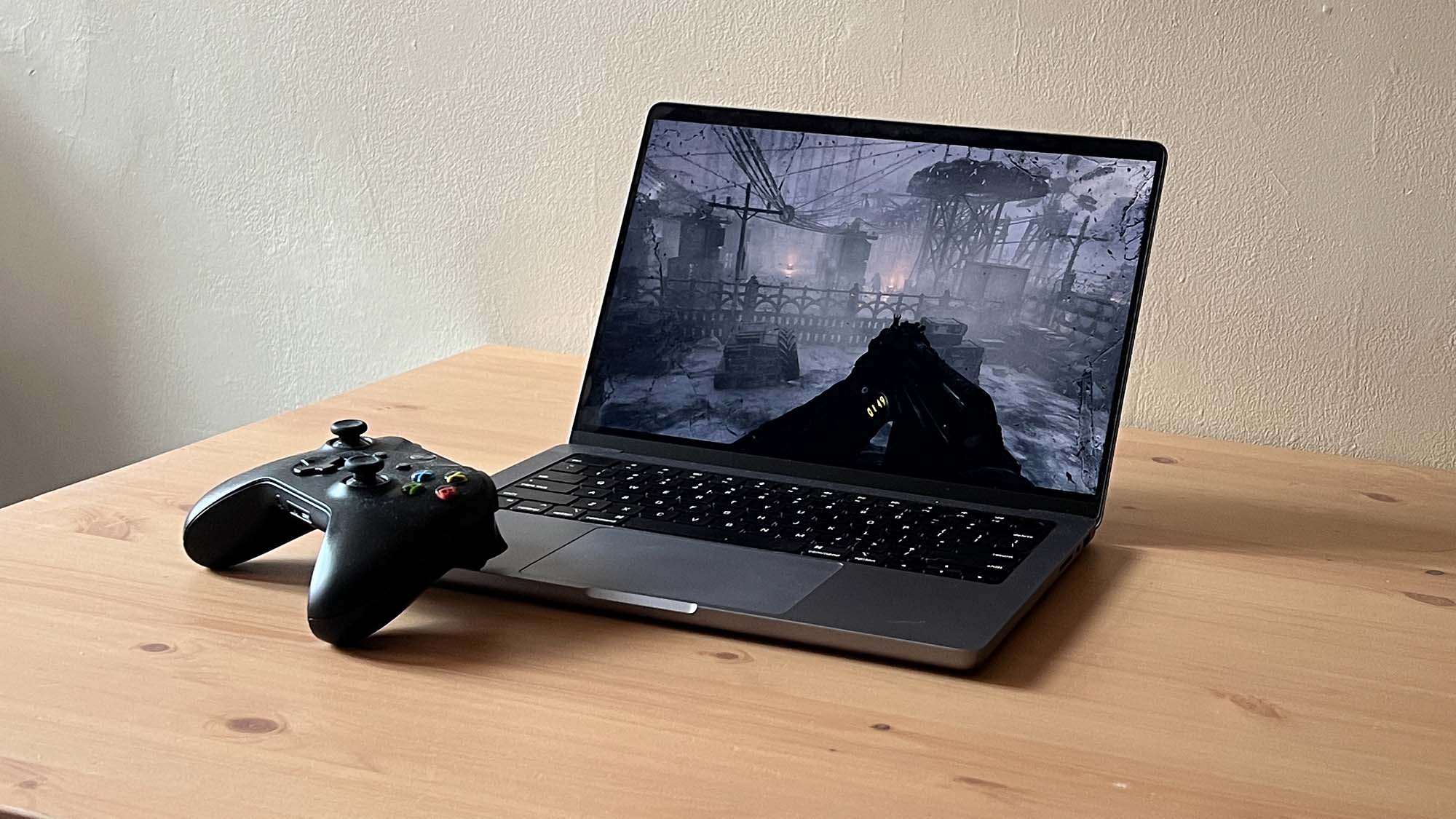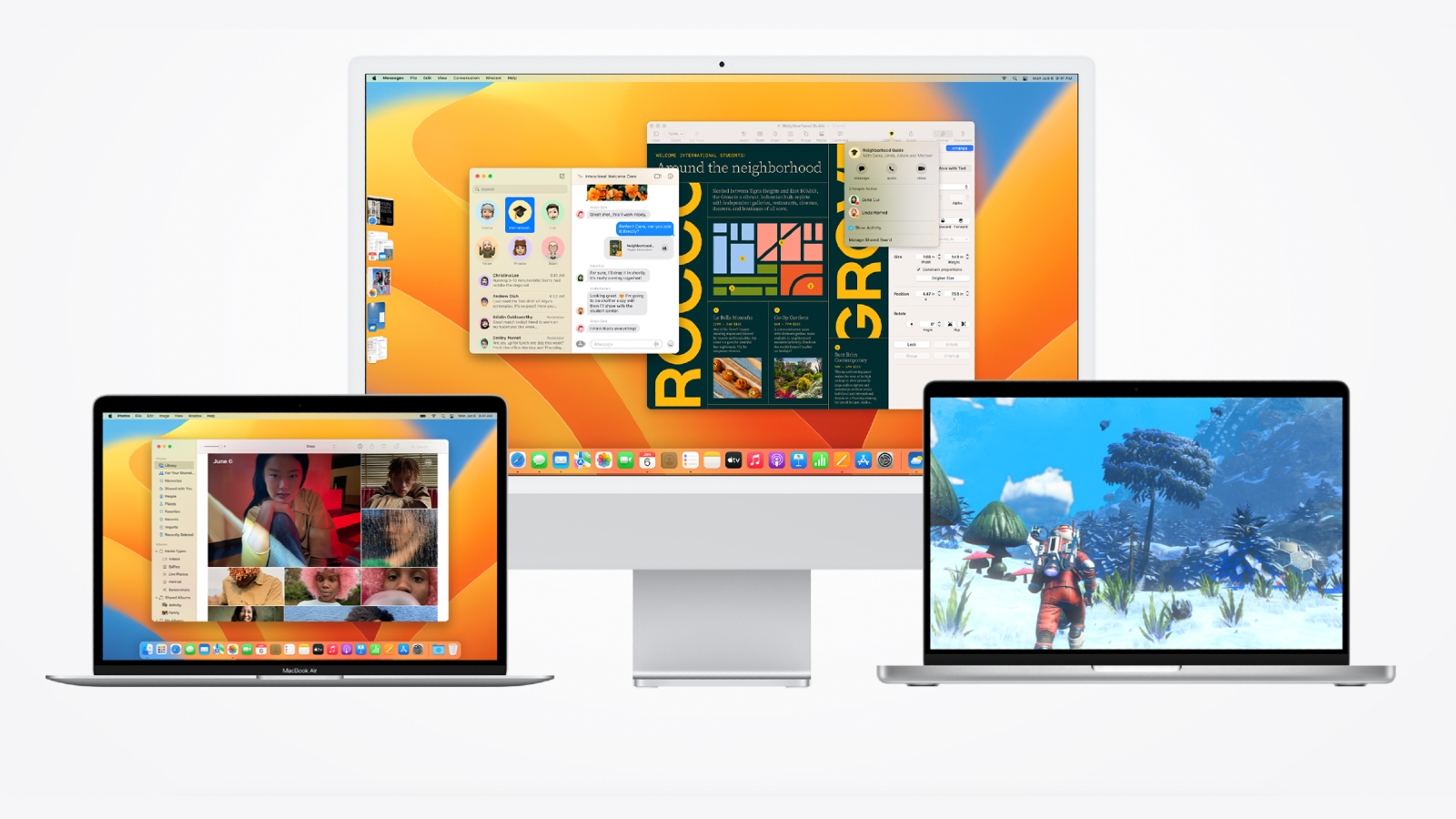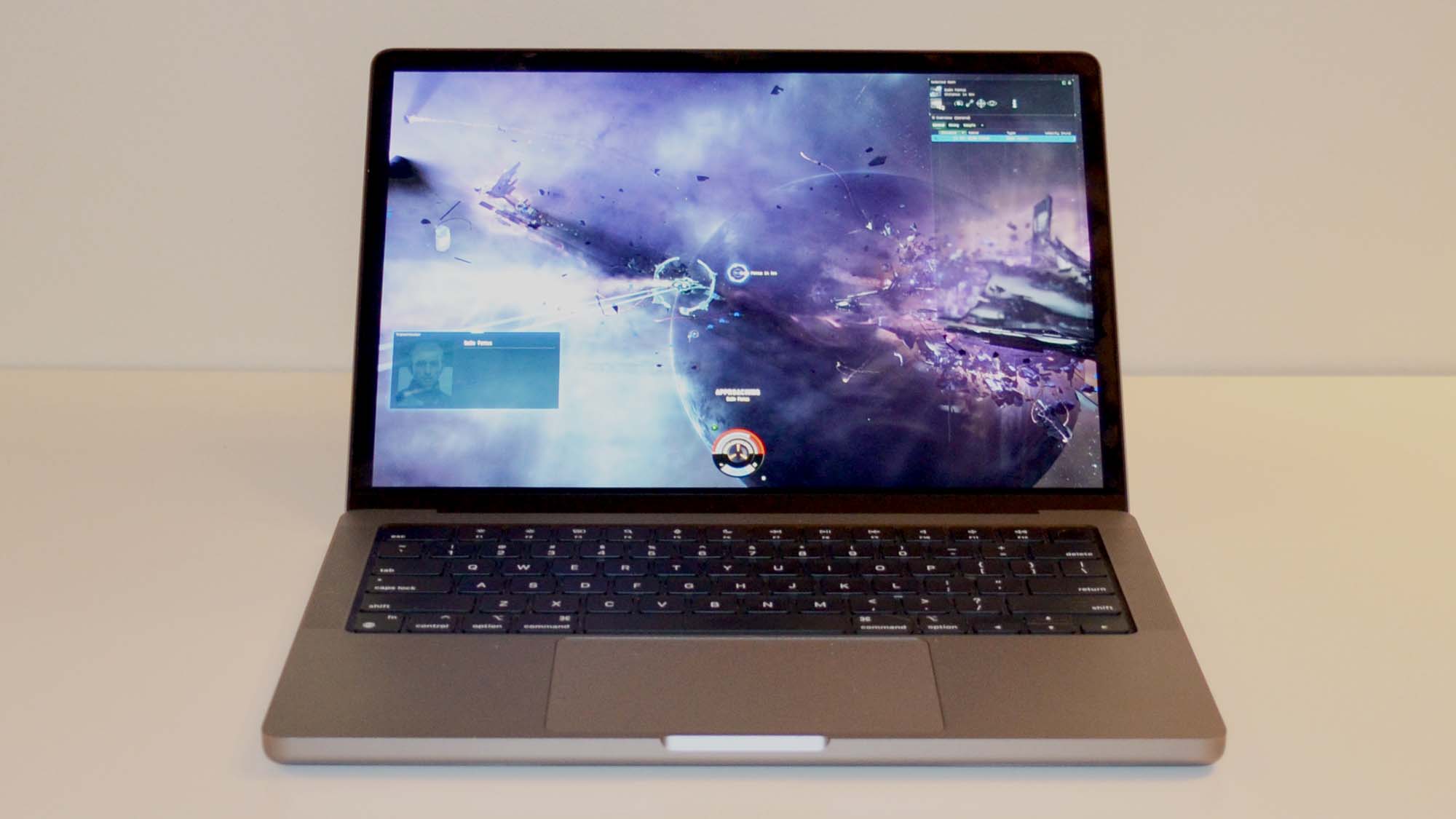The future of Mac gaming might just convert a PC loyalist like me
Though I’ve been gaming on PC since I was in elementary school, it’s been literal decades since I’ve had any reason to go back to Apple devices since the days of Oregon Trail and other early edu-tainment titles.
The fact that Apple hasn’t done much to support gaming on its devices, beyond popular mobile games and the lone indie title here and there, over the last two decades isn’t exactly a well-kept secret either.
So naturally, I had no desire to purchase laptops or PCs from the brand when I wouldn’t be able to play the best PC games or utilize my extensive Steam library of mostly niche games that don't have the budgets to support Mac development for so small an audience.
And so goes the negative feedback loop of Apple not supporting gaming because the audience is too small, devs not putting games on Macs because of the lack of support and tools, and gamers not buying Macs because there weren't enough games to play dragged on.
This meant, of course, that I was so far removed from the best MacBook and Macs that I made the assumption that any games on macOS must be poorly optimized and the controls are most likely terrible as well.
Recently, however, we've been testing the Apple MacBook Pro 14-inch (2021) – which is considered one of the best laptops on the market, especially when it’s outfitted with the Apple M1 Max chip in our test unit – to compare it to the latest Apple MacBook Pro 13-inch (M2) and I got a chance to give the best Mac games a whirl.
I was pleasantly surprised, to say the least.
Apple deserves a chance

So I tried out some of the best PC games with Mac support, covering a wide array of graphical and gameplay differences, including Hades, Crusader Kings 3, the original Dying Light, and my personal favorite indie title, World of Horror. Almost all of them ran smoothly, with only the occasional framerate hiccup or slowdown on the more graphically intense titles.
The best feature by far was the gorgeous picture quality. The color palettes and textures shined through the MacBook's premium Liquid Retina XDR display more than any other Windows laptop I’ve used so far.
Despite some minor setbacks, the results were still impressive since this was a laptop that wasn’t built for dedicated gaming in the first place. It was almost sobering in a way that after seeing Apple as sort of a PC gaming has-been for so long that I realized just how normal the experience was.
With more support, the experience could be even better, and there’s little excuse now due to the strength of Apple silicon. The company still needs to invest more in PC gaming-centered hardware as well as give developers the support and toolset they need to bring their latest titles to Apple desktops and laptops.
The good news is that there’s a brand new weapon in the tech giant’s arsenal, which may turn the situation around.
Can macOS 13 Ventura usher in a new future for Mac gaming?

During Apple WWDC 2022, Apple announced a new update to their flagship OS, macOS 13 Ventura, and it revealed a powerful new gaming weapon: MetalFX Upscaling. It’s essentially Apple’s answer to Nvidia’s Deep Learning Super Sampling (DLSS) and AMD’s FidelityFX Super Resolution (FSR), and it has the potential to be a game-changing addition to Apple's Metal rendering API.
These tools render a frame to be displayed at a lower resolution, then use algorithms and specialized hardware to upscale that frame to a higher resolution. This reduces the strain on a GPU while running graphically-intensive games, and when implemented well, it improves performance substantially with little impact on graphical fidelity.
And the fact that Apple whipped up such a powerful feature to compete with its major gaming competition shows how serious Apple is finally getting about gaming. Even more than ray-tracing, algorithmic upscaling is the most exciting gaming tech to hit the scene in more than a decade.
So earlier I mentioned that there were some graphical hiccups with the more demanding games, which – despite the strength of the M1 Max – is likely due to these games not being optimized for Apple silicon the way EVE Online is. But with MetalFX Upscaling boosting the frame rate, a lot of those issues would vanish, since rendering at a lower resolution is far less taxing. We'll still have to see how MetalFX Upscaling performs, but if it's comparable to DLSS or FSR, we could see some truly incredible performance that might rival some of the best gaming laptops – and sooner than we expect, even.
Some AAA developers are already embracing the Mac. Will more follow?

Another Apple initiative I’m excited about is the partnership with Hello Games’ No Man’s Sky and Capcom’s Resident Evil Village. This provides Apple with two very popular AAA titles to bolster its gaming library (the one major weakness of the Mac), as well as uses them as high-profile demos to showcase the power of MetalFX Upscaling.
And this isn’t the first time we’ve seen a high-developer come out in support of Mac gaming either. EVE Online developers have spoken about how much potential they see in Apple’s devices, especially since the release of the M1.
Imagine being able to play graphically demanding AAA games on a lightweight and thin MacBook Pro or even a MacBook Air? Until now that’s something I never considered, but it’s not just a very real possibility, it's already happening, and I’m excited to see if this new turn – and tech – works out for Apple.
If it does, color me a brand new convert to Mac gaming.
Post a Comment for "The future of Mac gaming might just convert a PC loyalist like me"